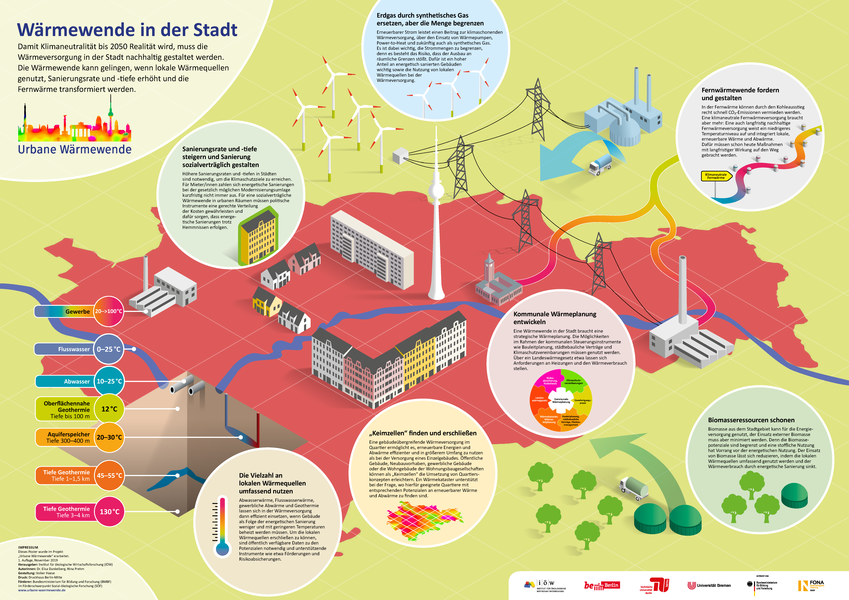In September, Germany's largest thermal solar plant officially went into operation in the Brandenburg city of Senftenberg. The plant was built by Stadtwerke Senftenberg on an area of around 2.2 hectares and is expected to produce around four million kilowatt hours of heat per year.
Due to its outstanding commitment to the expansion of renewable energies, the Agency for Renewable Energies awards the city of Senftenberg as Energy Municipality of the Month. "In order to achieve the goals of the Paris Climate Agreement, the heating sector is of great importance. With the construction of the solar thermal plant, the city of Senftenberg presents itself as a pioneer in the municipal heat transition," says Nils Boenigk, Deputy Managing Director of the Agency for Renewable Energies.
In the city of 25,000 inhabitants, the new solar thermal plant and a natural gas heating plant generate heat that is supplied to over 10,000 households via the local district heating network. The plant consists of 1,680 tube collectors that generate heat during the average 1,700 hours of sunshine per year. In the summer months, it almost completely covers the base load. The demand in excess of this is generated by natural gas boilers. Together, the plants replace the former pulverised lignite boiler. "The new solar thermal plant brings us closer to our goal of covering more and more of the heating needs of the city of Senftenberg with renewable sources," explains Mayor Andreas Fredrich. "With the largest plant in Germany at present, we are pioneers in the application of this technology."
The project is a highlight among the local climate protection efforts resulting from the energy concept published in 2013. This concept examines and evaluates the opportunities and possibilities for the expansion of renewable energies and the economical use of energy. The city focuses primarily on the heating sector, as its heating needs account for the largest share of total energy consumption. The new thermal solar plant makes a major contribution to renewable heat generation here. In the electricity sector, where up to 90 per cent of demand was already generated from renewable sources in 2011, the city is even aiming to generate more than 100 per cent of electricity from renewable sources by 2030.
"The city of Senftenberg is well positioned in the field of renewable energies," explains Mayor Andreas Fredrich. "With the help of the energy concept, municipal and regional stakeholders can more easily identify energy saving potential and plan and implement the expansion of renewable energies more effectively."
A detailed portrait of the city of Senftenberg can be found at http://www.kommunal-erneuerbar.de/de/energie-kommunen/energie-kommunen/senftenberg.html
Keywords: Renewable, News Blog Brandenburg, Solar thermal



